FOXO1 enhances CAR T cell stemness, metabolic fitness and efficacy
- PMID: 38600376
- PMCID: PMC11062918
- DOI: 10.1038/s41586-024-07242-1
FOXO1 enhances CAR T cell stemness, metabolic fitness and efficacy
Abstract
Chimeric antigen receptor (CAR) T cell therapy has transformed the treatment of haematological malignancies such as acute lymphoblastic leukaemia, B cell lymphoma and multiple myeloma1-4, but the efficacy of CAR T cell therapy in solid tumours has been limited5. This is owing to a number of factors, including the immunosuppressive tumour microenvironment that gives rise to poorly persisting and metabolically dysfunctional T cells. Analysis of anti-CD19 CAR T cells used clinically has shown that positive treatment outcomes are associated with a more 'stem-like' phenotype and increased mitochondrial mass6-8. We therefore sought to identify transcription factors that could enhance CAR T cell fitness and efficacy against solid tumours. Here we show that overexpression of FOXO1 promotes a stem-like phenotype in CAR T cells derived from either healthy human donors or patients, which correlates with improved mitochondrial fitness, persistence and therapeutic efficacy in vivo. This work thus reveals an engineering approach to genetically enforce a favourable metabolic phenotype that has high translational potential to improve the efficacy of CAR T cells against solid tumours.
© 2024. The Author(s).
Conflict of interest statement
P.A.B. declares research funding from AstraZeneca, Bristol-Myers-Squibb and Gilead Sciences. P.K.D. declares research funding from Myeloid Therapeutics, Prescient Therapeutics, Bristol-Myers-Squibb and Juno Therapeutics. J. Lai is a present employee at oNKo-Innate. S.J.H. declares consultancy fees and honoraria from Celgene, Janssen Cilag and Novartis; declares research funding from Celgene, Janssen Cilag, Novartis and Haemalogix; was an investigator on studies for Celgene, Janssen Cilag, Novartis and Haemalogix; and has served on the advisory board for Celgene, Janssen Cilag, Novartis and Haemalogix. I.A.P. declares research funding from Bristol-Myers-Squibb and Astrazeneca. The other authors declare no competing interests.
Figures


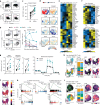


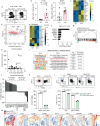


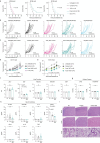


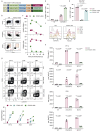
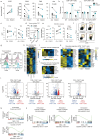
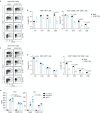

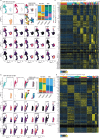

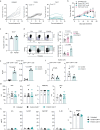
References
Publication types
MeSH terms
Substances
LinkOut - more resources
Full Text Sources
Medical
Molecular Biology Databases
Research Materials
Miscellaneous

